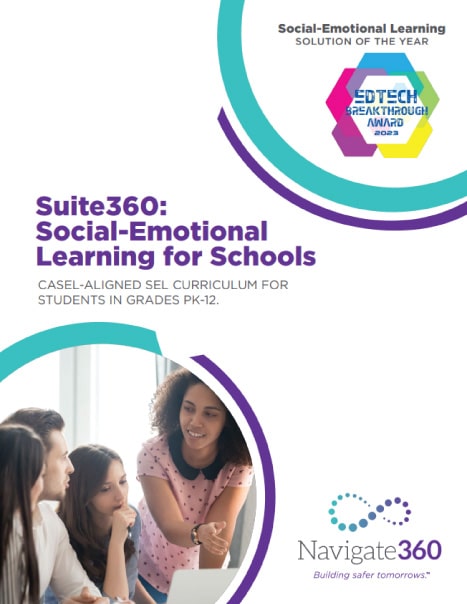Incorporating social-emotional learning (SEL) into the routines and processes of a school can benefit the entire educational community. SEL can also affect families and the community at large, as students take what they’ve learned and put it into practice outside of school. But to make SEL instruction its most effective, a school must conduct social-emotional learning assessments to determine proficiency among students with regard to these skills.
SEL assessments are critical to the development and mastery of social-emotional skills, regardless of age or grade level. Knowing where your students stand in this crucial development will help you provide effective instruction. Perhaps the most fitting way to gauge these abilities is to employ these best practices for SEL assessments.
Using Best Practices for Social-Emotional Learning Assessments
Establishing a baseline for SEL skills will enable your staff to meet students where they are in their SEL development and provide appropriate instruction. Use these best practices to help you measure proficiency:
Teamwork
Assemble a team whose entire function is to oversee the assessment and instruction process. Depending on your school makeup, this team can include teachers, administrators, support staff such as counselors, and parents.
Goal Setting
Be clear and intentional about the skills you will be measuring and which ones have priority. These goals should be meaningful, measurable, and subject to adjustment. Depending on your school’s location, these goals may also need to align with district or state standards.
Age Appropriateness
SEL goals should vary depending on grade level and should align with established social and emotional development norms. Take into consideration the mastery of SEL skills in relation to student age. In addition, be aware that skill proficiency will happen along a continuum and that some students will require more intensive instruction and support.
Multi-Option Screening
Beware of examining SEL skills development through a single lens. Self-reporting through student surveys can provide one view of skills development, but this will not tell a complete story. You will need to take other factors into account, including academic and behavioral indicators as well as mental health evaluations. Determine how and when you will seek input from teachers and parents/guardians in this process, as well.
Defined Processes
SEL assessments will require a series of processes that will enable you to meet goals in a timely manner. Establish processes for parental assent ahead of any assessments taking place. Data collection, administration, and follow-up methods need to be determined and documented as assessments move forward.
Timing
To get a true picture of how SEL skills progress, establish a timeline for assessment. At minimum, aim for assessment three times per year – at the beginning of the school year, midway through, and at the end. Review and compare data over the course of the year based on this timeline.
Targeted Instruction
Once you establish a baseline for SEL skills for each student, provide instruction that helps them develop appropriate skill levels for their age group. This instruction can include whole-class, small-group, or individualized lessons as needed.
SEL is a Critical Tool for Student Well-Being
Social-emotional learning (SEL) is a framework that encourages students to develop positive self-identities, manage complex emotions, navigate a variety of social situations, build strong relationships with others, and develop empathetic worldviews. It fosters a healthy and trusting learning environment that can improve student behavior, address inequities in the classroom, and set students up for success both academically and personally. In short, SEL is a crucial aspect of childhood development that should be a part of every district and school curriculum.
The truth is that nobody is born understanding how to perfectly manage their emotions and handle complex challenges. Instead, those skills must be taught and taught from a place of openness and positivity. Students must feel free to express themselves, make mistakes, and ask questions in order to develop their social-emotional skills. In turn, they will be able to better handle challenges as they arise, understand and empathize with those who are different from them, and achieve the goals they set. This allows them to succeed in school and then later in college, their careers, and their lives as a whole.
To learn more about implementing social-emotional learning curriculum in your school, download our free guide today.





